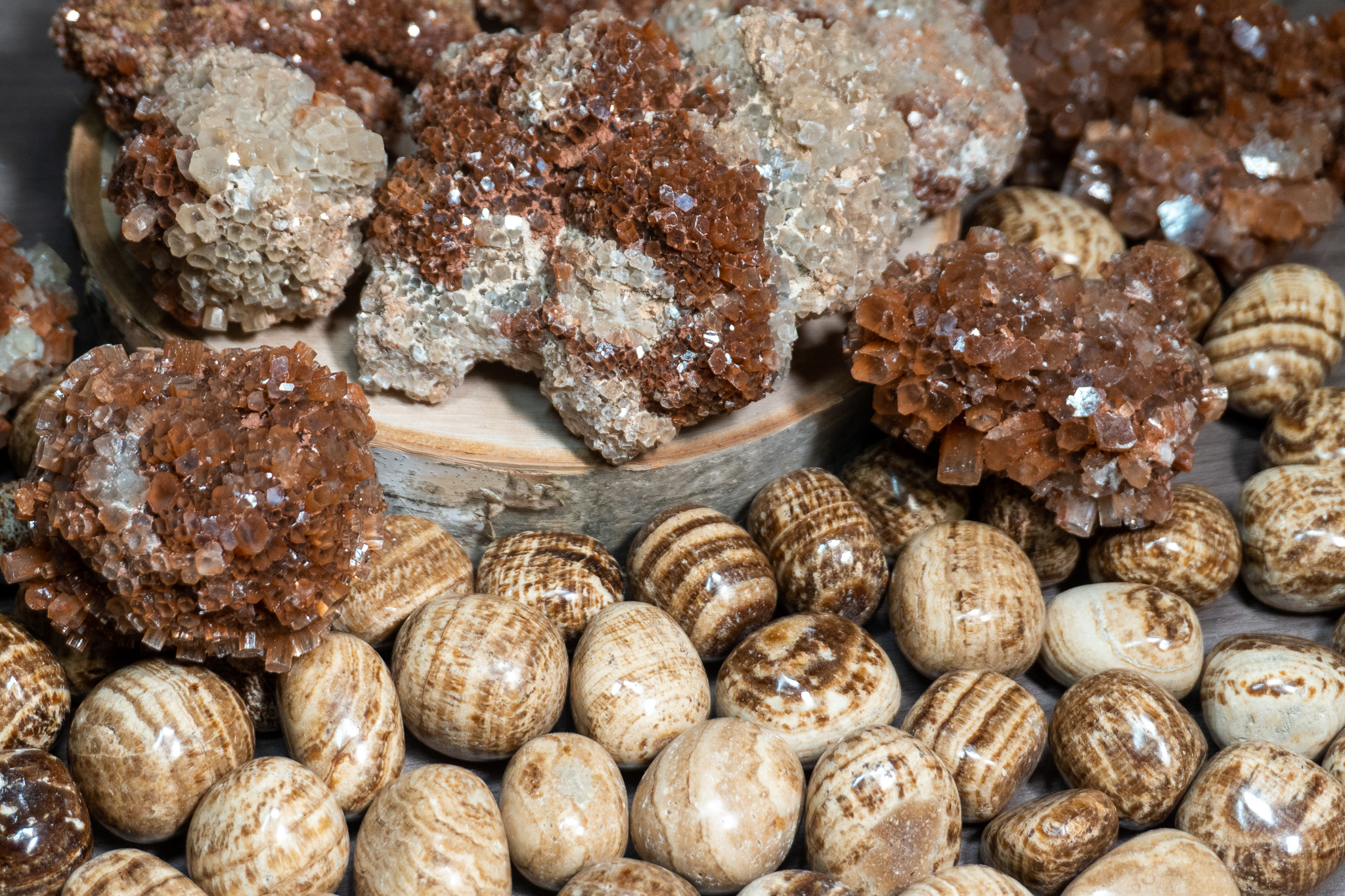Aragonite is a type of sand available mostly in the Bahamas
region. It is a mineral consists of mostly carbonate ions and hence qualified
as one of the three pure forms of calcium carbonates. The other two are calcite
and vaterite which has the same chemical formula but a different structure.
This aragonite mineral naturally occurs from the biological and chemical
processes in marine and freshwater environments. In the Bahamas region of the
United States, millions of tons of aragonite mineral are accumulated long years
ago based on certain conditions. These are now permitted to export for any kind
of commercial needs.
Formation of
Aragonite
Oolites act as the base for the formation of aragonite. It
is the small egg-shaped particles forms in the tropical marine water areas.
They are fully saturated with calcium bicarbonate mineral. The carbon dioxide
from the calcium bicarbonate mineral dissolves in the atmosphere when the
temperature rises due to solar radiation and photosynthesis activity. This
results in the separation of calcium carbonate and carbon dioxide. The calcium
carbonate gets precipitated on the surface of the water and forms tiny layers.
These layers interconnect with each other and crystal-like structure forms.
These crystals are known as Aragonite. The crystal formed from this method
naturally has a pure form of calcium carbonate.
Characteristics of
Aragonite Mineral
1.
Aragonite is unique in nature, oolitic shaped,
smooth and colourless.
2.
It is unstable at normal temperature because of
its negative zeta potential.
3.
The calcite mineral can also be formed from this
Aragonite. Since it is unstable, it modifies into calcite within 107
to 108 years.
4.
It is dust-free, non-toxic and easy to handle.
5.
It is a mixture of nearly 100% calcium carbonate
and small traced of other elements.
6.
It is 35% more soluble than calcite with pH
value ranges from 5 to 7.
Industrial Uses
The purity of the mineral, pH level, solubility, zeta
potential and unique properties creates a competitive advantage in various
industries. In agricultural industries, the soil with a low pH level gets the
immediate benefit of this aragonite. It instantly increases the pH level and
makes the soil more stable to get the best result. In marine industries, it is
used for replication of coral reefs and also to repel bacteria and viruses. In
energy industries, it helps to increase the removal efficiency of SO2 and as a
pollutant removal.
